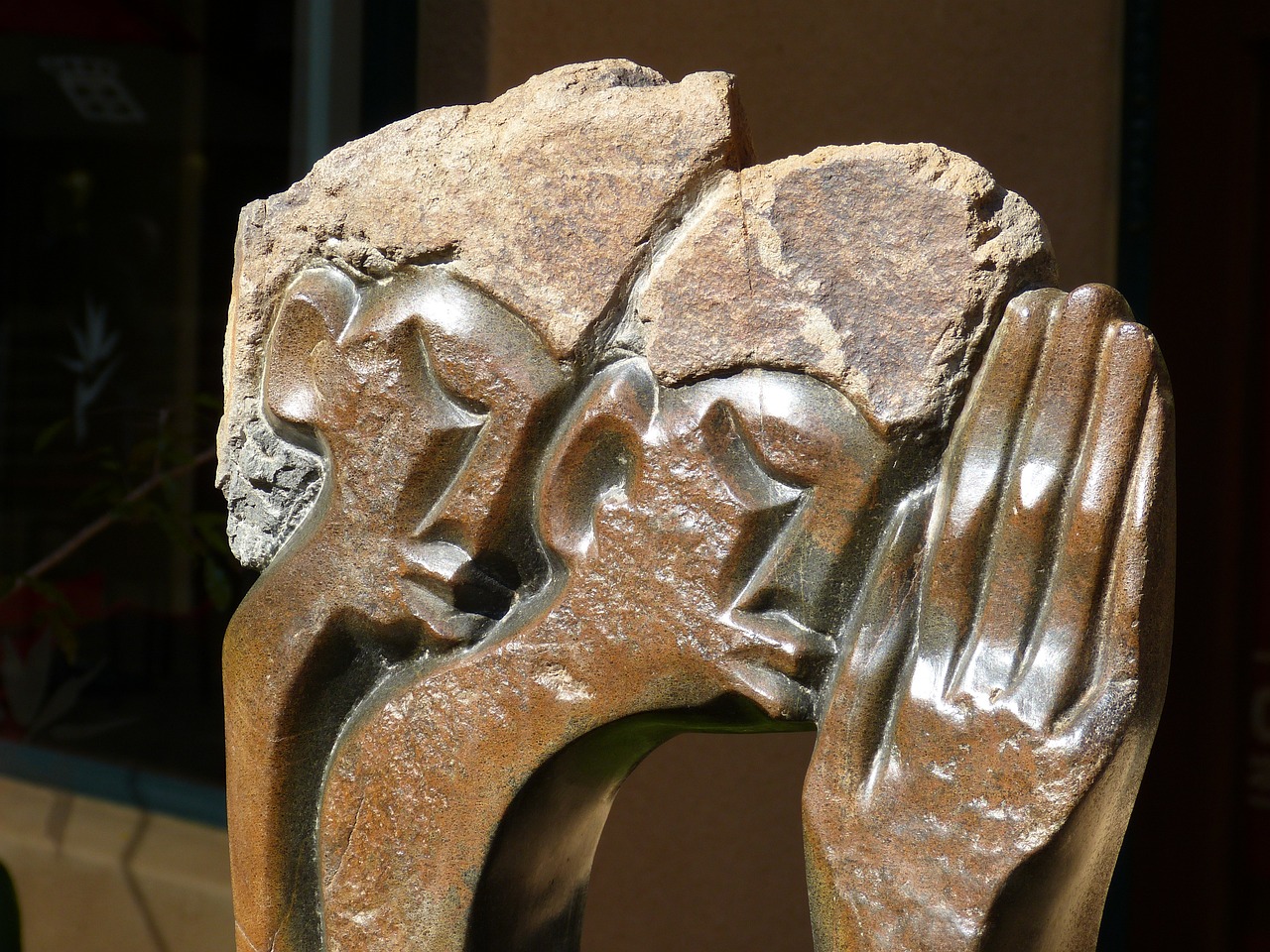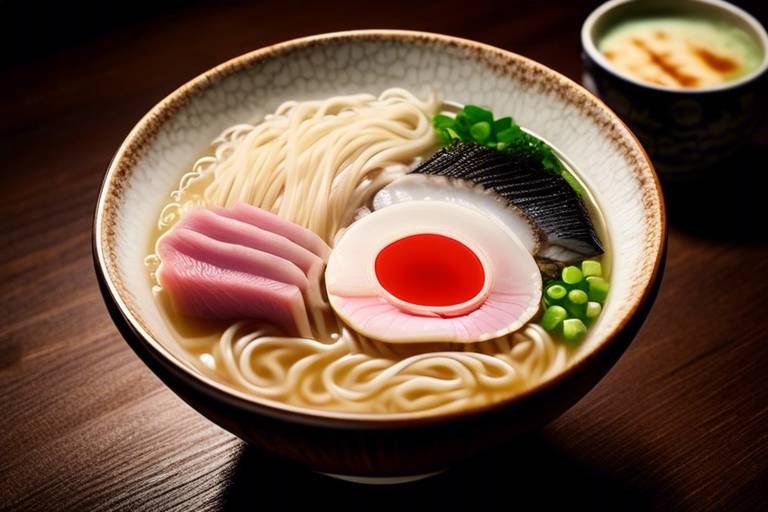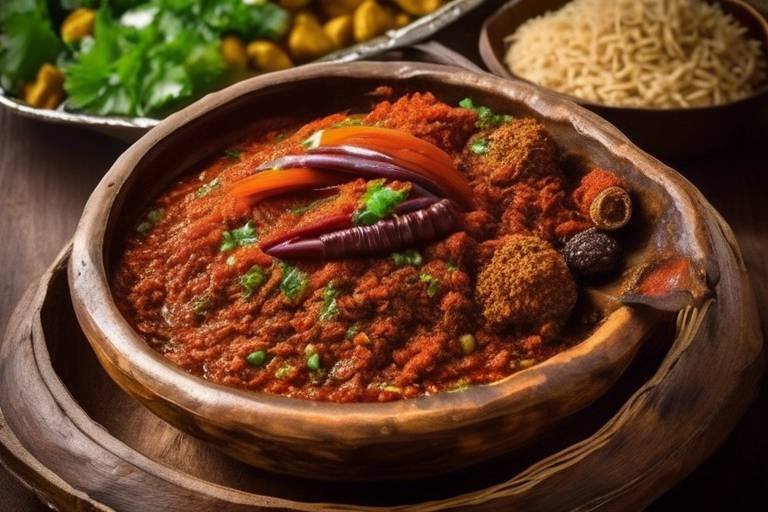Exploring the Flavors of Authentic South African Biltong
Embark on a tantalizing journey through the vibrant flavors of authentic South African biltong, a beloved traditional delicacy that has captured the hearts and taste buds of food enthusiasts worldwide. Imagine the explosion of savory spices, the surprise of tender, cured meat, and the rich history that intertwines with each bite of this South African treasure.
Originating from the indigenous tribes and early Dutch settlers in South Africa, biltong has a storied past that dates back centuries. What began as a means of preserving meat for survival has evolved into a culinary delight cherished for its unique taste and cultural significance.
The secret behind the irresistible flavor of biltong lies in its carefully selected ingredients. High-quality cuts of meat, combined with a harmonious blend of vinegar, salt, and spices, create a symphony of tastes that dance on the palate with each chew.
As the meat undergoes the traditional preparation techniques, from marinating in a spice mixture to meticulous air-drying, it transforms into a tender and flavorful treat ready to be savored. The intricate process ensures that every piece of biltong is a masterpiece of taste and texture.
Across the diverse regions of South Africa, biltong takes on different forms, each with its own regional variations of spices and flavors. These unique twists add a layer of complexity to the snack, offering a tapestry of taste experiences that reflect the cultural diversity of the country.
Comparing biltong to its American counterpart, jerky, reveals distinct differences in taste, texture, and preparation methods. While jerky is known for its chewy and smoky profile, biltong boasts a tender and robust flavor that has garnered a global following for its exceptional taste.
Aside from its delectable taste, biltong also offers potential health benefits, being a high-protein snack with low sugar content. Its natural ingredients and minimal processing make it a nutritious option for those looking for a wholesome and satisfying snack.
In the realm of modern cuisine, biltong has transcended its traditional roots and found its way into innovative fusion dishes and recipes. Chefs around the world are incorporating this South African gem into their creations, infusing a touch of exotic flavor into international culinary trends.
For those eager to embark on a culinary adventure in their own kitchen, making biltong at home is a rewarding experience. With the right cuts of meat, a perfected spice blend, and a careful drying process, you can create your own batch of authentic South African biltong, capturing the essence of this beloved snack.

History of Biltong
The is a fascinating journey that dates back to the early days of South Africa. Originally, biltong was a means of preserving meat for the indigenous tribes and early Dutch settlers in the region. The process of curing and drying meat was essential for survival in a time when refrigeration was not available. Over the years, biltong evolved from a practical solution to a beloved snack enjoyed by people of all backgrounds.
Indigenous tribes in South Africa used traditional methods to preserve meat, such as air-drying and adding natural seasonings. The Dutch settlers later introduced their own techniques, incorporating vinegar and spices to enhance the flavor and texture of the meat. This fusion of indigenous and European influences laid the foundation for the biltong we know and love today.
As the popularity of biltong grew, different regions in South Africa developed their own variations of the snack. Each region's unique climate and cultural influences contributed to the diverse flavors and textures found in biltong across the country. From the smoky flavors of the Western Cape to the spicy blends of the Eastern Cape, biltong reflects the rich tapestry of South African culinary heritage.

Ingredients Used
When it comes to creating authentic South African biltong, the key lies in the carefully selected ingredients that come together to form this beloved snack. At the heart of biltong are high-quality cuts of meat, typically beef, that are expertly prepared to achieve the perfect balance of flavor and texture. These cuts are then combined with a mixture of vinegar, salt, and a blend of spices that give biltong its distinctive taste.
The use of vinegar not only enhances the flavor of the meat but also plays a crucial role in the preservation process, ensuring that the biltong remains fresh and flavorful for an extended period. Salt acts as a natural preservative, helping to draw out moisture from the meat and prevent the growth of harmful bacteria. The carefully curated blend of spices, which can vary from region to region, adds depth and complexity to the overall flavor profile of the biltong.
One of the defining characteristics of authentic biltong is the absence of artificial additives or preservatives. This commitment to using natural ingredients reflects the traditional methods of preparation that have been passed down through generations, resulting in a product that is not only delicious but also wholesome and nutritious.

Preparation Techniques
When it comes to preparing authentic South African biltong, the process is as much an art as it is a science. The first step in the preparation techniques of biltong involves selecting the finest cuts of meat, typically beef, that are lean and free from excessive fat. This ensures that the biltong will have a rich flavor and a satisfying texture.
Once the meat is chosen, it is time to marinate it in a mixture of vinegar and spices. The vinegar not only adds a tangy flavor to the biltong but also helps in tenderizing the meat during the curing process. The blend of spices, which can vary depending on personal preference and regional traditions, is what gives biltong its distinctive taste.
After marinating, the meat is then coated with a layer of coarse salt, which acts as a natural preservative. This step is crucial in preventing the growth of bacteria and ensuring the biltong can be stored for extended periods without spoiling. The salt also helps to draw out excess moisture from the meat, aiding in the drying process.
Once the meat has been marinated and salted, it is time for the air-drying phase. Traditionally, biltong is hung in a well-ventilated area to allow for proper airflow around the meat. This slow drying process can take several days to a couple of weeks, depending on the desired level of dryness and flavor intensity.
Throughout the drying period, it is essential to regularly check the biltong for readiness by testing its texture and flavor. The end result should be a tender yet chewy meat with a robust taste that reflects the careful preparation techniques employed. Once fully dried, the biltong is ready to be sliced and enjoyed as a delicious and nutritious snack.

Regional Variations
When it comes to of biltong, South Africa offers a diverse tapestry of flavors and styles that reflect the country's rich culinary heritage. Different regions within South Africa have put their unique spin on this beloved snack, creating a range of biltong variations that cater to various taste preferences.
In the Western Cape region, biltong is often characterized by a bold and robust flavor profile, with a generous use of coriander and black pepper in the spice mix. The meat is typically air-dried to a medium consistency, resulting in a chewy texture that is favored by many biltong enthusiasts.
On the other hand, in the KwaZulu-Natal province, biltong tends to be spicier and more intense in flavor. Chili powder and paprika are commonly used to give the meat a fiery kick, appealing to those who enjoy a bit of heat in their snacks. The meat is often sliced thinly and dried to a crisp, offering a crunchy texture that is unique to this region.
Heading to the Eastern Cape, you may encounter biltong that leans towards a milder flavor profile, with a focus on the natural taste of the meat itself. Here, simplicity is key, with minimal spices used to enhance the meat's richness. The biltong from this region is typically moist and tender, providing a melt-in-your-mouth experience that showcases the quality of the meat.
Lastly, in Gauteng, the heart of South Africa, biltong is a blend of various influences, reflecting the multicultural nature of the region. You may find a fusion of flavors from different culinary traditions, resulting in biltong that is both familiar and innovative. This region embraces experimentation, leading to unique biltong varieties that cater to a diverse palate.

Biltong vs. Jerky
When it comes to dried and cured meat snacks, two popular options that often come to mind are biltong and jerky. While both are savory treats enjoyed by many, they have distinct differences that set them apart.
Biltong, originating from South Africa, is typically made from high-quality cuts of meat that are marinated in a mixture of vinegar, salt, and spices before being air-dried. This process results in a tender and flavorful snack with a unique taste profile that reflects the blend of spices used.
On the other hand, jerky, a well-known snack in the United States, is made by slicing lean meat into strips and then drying them with salt and other seasonings. Jerky tends to have a chewier texture compared to biltong due to the different preparation methods.
One of the key differences between biltong and jerky lies in their textures. Biltong is often softer and more tender, while jerky is chewier and can sometimes be tougher to bite into. The texture of biltong is a result of the air-drying process, which helps retain moisture in the meat, giving it a more succulent mouthfeel.
In terms of taste, biltong is known for its rich and complex flavors, thanks to the combination of spices used in the marinade. Jerky, on the other hand, tends to have a more intense and concentrated flavor due to the drying process that removes moisture from the meat.
Another significant difference between biltong and jerky is their cultural significance. Biltong holds a special place in South African cuisine and traditions, often enjoyed as a snack or part of social gatherings. Jerky, on the other hand, has a long history in American culture, with various regional variations and flavors.
While both biltong and jerky are popular choices for on-the-go snacks or protein boosts, their distinct characteristics cater to different preferences and taste preferences. Whether you prefer the tender, spiced flavors of biltong or the chewy, savory taste of jerky, there's a dried meat snack for every palate.

Health Benefits
When it comes to the health benefits of authentic South African biltong, this beloved snack offers more than just a delicious taste experience. Packed with high-quality protein and low in sugar, biltong serves as a satisfying and nutritious option for those looking to fuel their bodies with wholesome goodness. Unlike many processed snacks on the market, biltong is made using natural ingredients and minimal processing, making it a healthier choice for those seeking a guilt-free indulgence.
One of the key advantages of biltong is its high protein content, which is essential for muscle repair and growth. Whether you're hitting the gym or simply looking for a protein-packed snack to keep you energized throughout the day, biltong provides a convenient and delicious way to meet your protein needs. Additionally, the low sugar content of biltong makes it a suitable option for those following a low-carb or sugar-conscious diet.
Moreover, biltong is free from artificial additives and preservatives, offering a cleaner alternative to many processed meat snacks. By using quality cuts of meat and a blend of natural spices, biltong retains its authentic flavor without the need for artificial enhancers. This commitment to simplicity and purity sets biltong apart as a wholesome snack choice that aligns with modern health-conscious lifestyles.

Biltong in Modern Cuisine
Biltong has transcended its traditional roots and found a place in modern cuisine, bringing a unique South African touch to international dishes. Chefs around the world have embraced this flavorful dried meat as a versatile ingredient that adds depth and complexity to a variety of recipes.
One popular trend is incorporating biltong into salads, sandwiches, and wraps, where its rich umami flavor complements fresh vegetables and bread. The chewy texture of biltong adds a satisfying element to these dishes, creating a harmonious balance of tastes and textures.
Moreover, biltong has also found its way into gourmet burgers and pizzas, offering a distinctive twist to classic comfort foods. The savory notes of the dried meat pair exceptionally well with melted cheese, caramelized onions, and tangy sauces, elevating these dishes to new heights of indulgence.
For those with a more adventurous palate, biltong can be used in fusion cuisine to create innovative dishes that blend South African flavors with global influences. From biltong sushi rolls to biltong-infused pasta dishes, the possibilities are endless for those willing to experiment with this versatile ingredient.
Restaurants specializing in South African cuisine often feature biltong as a star ingredient in their menus, showcasing the diversity and complexity of this beloved snack. Whether served as a standalone appetizer or incorporated into main courses, biltong continues to captivate diners with its unique taste and cultural heritage.

Making Biltong at Home
Making biltong at home is a rewarding culinary adventure that allows you to enjoy this beloved South African snack anytime you want. To start, you'll need to select the right cut of meat, typically beef, that is lean and free from excess fat. The quality of the meat plays a crucial role in the final taste and texture of your biltong.
Once you have the meat, it's time to prepare the spice blend. Traditional biltong seasoning often includes a mix of salt, pepper, coriander, and other spices for added flavor. The spice blend is what gives biltong its signature taste, so feel free to experiment with different combinations to find your perfect mix.
After marinating the meat in the spice blend, the next step is to hang it up to dry. Proper air circulation is essential for the meat to dry evenly and develop that sought-after biltong texture. You can use a biltong box or a dehydrator to speed up the drying process, but many enthusiasts prefer the traditional method of hanging the meat in a cool, dry place.
Patience is key when making biltong at home. Depending on the thickness of the meat slices and the drying conditions, it can take anywhere from a few days to a week for the biltong to be ready. The meat should be firm to the touch but still slightly tender inside, ensuring a perfect balance of texture.
Once your homemade biltong is ready, slice it thinly against the grain for the best eating experience. Enjoy it as a snack on its own, pair it with cheese and crackers, or use it as a flavorful addition to salads and sandwiches. Making biltong at home allows you to customize the flavors to your liking and share this unique South African treat with friends and family.
Frequently Asked Questions
- What is biltong?
Biltong is a traditional South African dried and cured meat snack. It is typically made from high-quality cuts of meat that are marinated in a mixture of vinegar, salt, and spices before being air-dried to perfection.
- How does biltong differ from jerky?
Biltong differs from jerky in terms of taste, texture, and preparation methods. Biltong is air-dried and retains a more tender texture compared to the chewy texture of jerky. Additionally, biltong is marinated in vinegar and spices, while jerky is typically smoked and seasoned differently.
- What are the health benefits of biltong?
Biltong is a high-protein snack with low sugar content, making it a nutritious option for those looking for a satisfying and wholesome snack. It is minimally processed and made with natural ingredients, offering a healthier alternative to many other snack options.



















